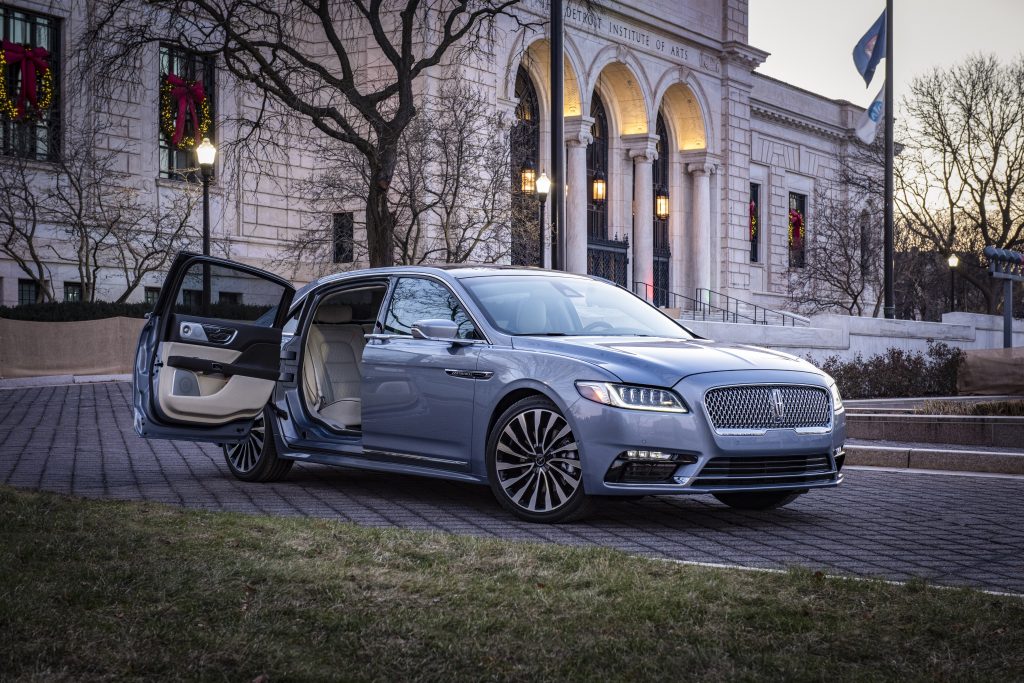
Amid all the commotion of 2020, the car community quietly said goodbye to two of the most famous vehicle models in automotive history: the Chevrolet Impala and Lincoln Continental.
So we wanted to take a moment to remember these iconic nameplates.
GM initially announced the Impala’s end back in 2019, but the final one didn’t roll off the assembly line until last February as a 2020 model. Lincoln made a similar proclamation this summer, when it revealed that there would be no 2021 Continental either.
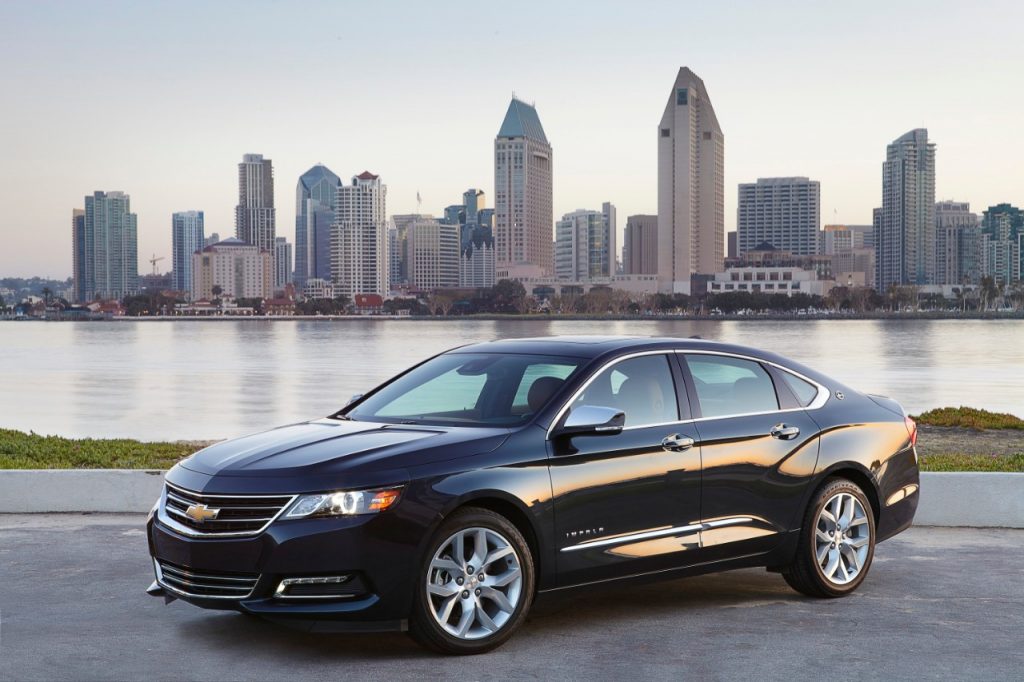
Why? Market trends and consumer behavior have forced auto manufacturers to shift their focus towards better-selling SUVs and crossovers. Across the board, sedan sales have been impacted by the rise of the SUV’s popularity.
While the demise of these two former flagship models in not surprising, they definitely deserve a quick retrospective.
***
The Chevy Impala
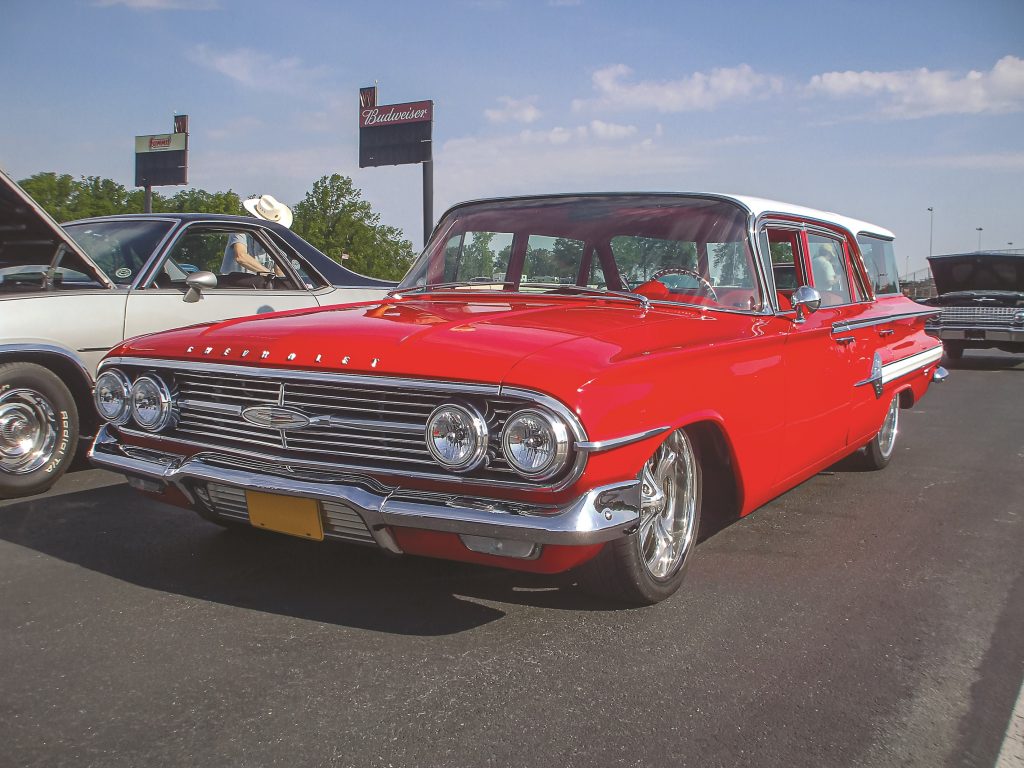
Originally introduced as the top trim level for Chevy’s Bel Air in 1958, the Impala grew into its own line that would eventually include coupes, sedans, wagons, hardtops, and convertibles. It was a perennial showroom hit for Chevrolet, and it continues to rank among the best-selling vehicles of all time. Easily identified by their six taillights (as opposed to the Bel Air’s quartet), early Impalas became an aspirational, yet attainable luxury nameplate.
With help from its engine, the Impala was immortalized in the Beach Boys’ hit “409,” while SuperSport trims carried Chevy’s SS performance banner well into the Impala’s waning years. As the popularity of lowriders exploded on the West Coast during the 1980s, vintage full-size Impala coupes became the de facto flagships of the movement.
From TV’s “Supernatural” to the seminal movie “Boyz N the Hood,” the Impala name is ingrained in pop culture and its leaping antelope emblem is a common sight at classic car shows.
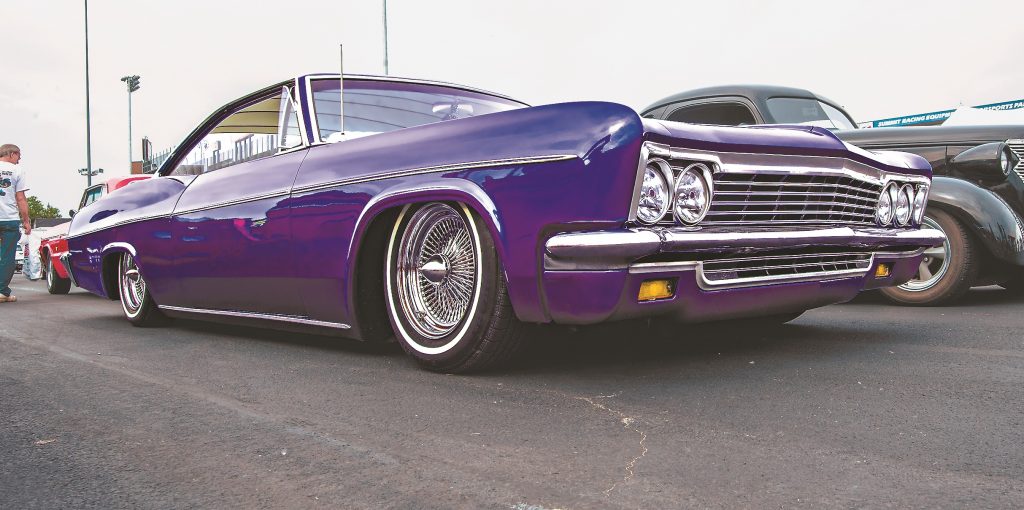
While the Impala nameplate disappeared in the 1980s, it returned in a big way for 1994 as the Impala SS, bringing with it an LT1 V8 borrowed from the Corvette.
By the time of its tenth, and presumably final, generation, the Impala had become a front-wheel drive sedan, where it enjoyed modest success at its launch. Waning interest in the overall car segment however, ultimately doomed the Impala in its final years.
Curiously, a separate performance sedan variant (essentially a rebadged Holden Commodore) dubbed simply the “SS” took the Impala’s performance mantle. It too was discontinued after GM announced it would sunset the entire Holden marque in 2021.
***
The Lincoln Continental
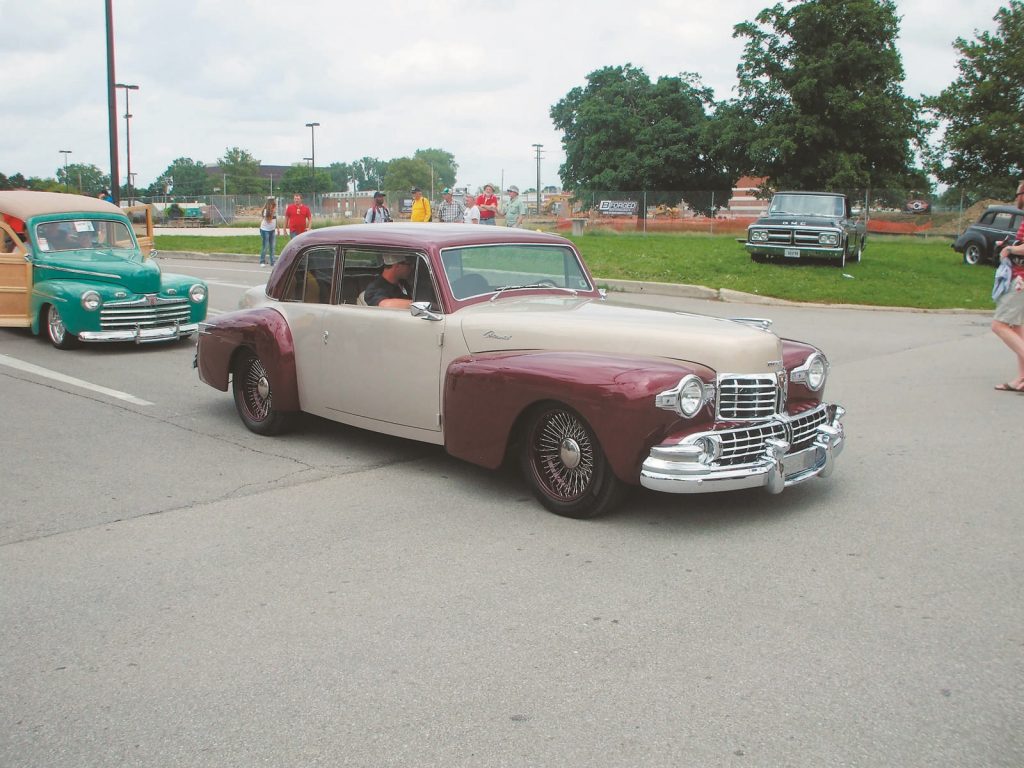
A tad more upscale than the Impala, Lincoln’s Continental was a mid- to full-size luxury car introduced as a standalone model in 1940.
Its production run spanned 80 years, through ten distinct generations. Like the Impala, the Continental nameplate would occasionally disappear for a few years, and return with an all-new design. It went through many evolutions: in front-wheel, rear-wheel, and all-wheel drive configurations, and in both body-on-frame and unibody construction.
Perhaps the best-known Continental was the fourth generation from 1961-69. Lincoln Continentals of this era boasted reverse-opening “suicide” doors—a feature that would become inexorably linked to the car.
Fourth-gen Continentals were also notable for being one of the few four-door convertibles made by an American auto manufacturer, and the first to be introduced after World War II.
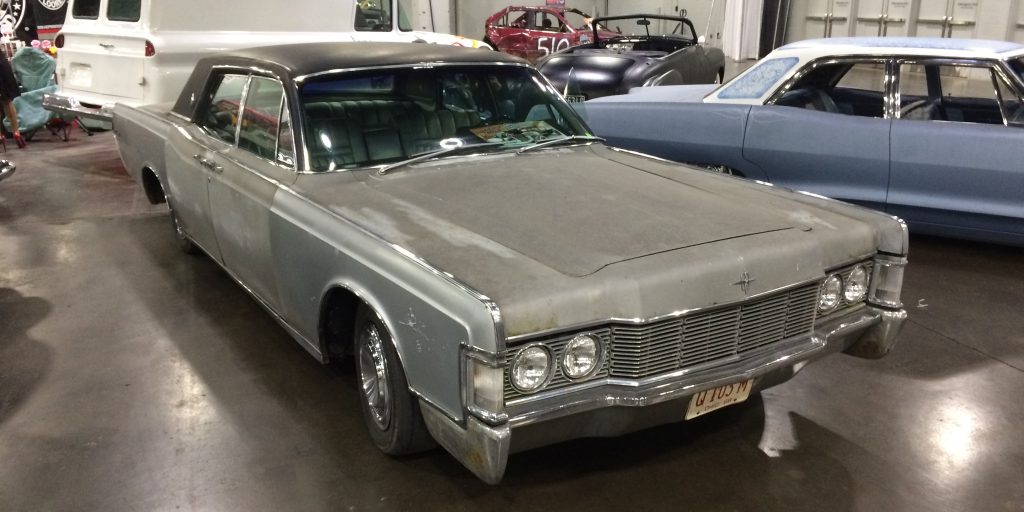
The Lincoln Continental made its imprint outside the gearhead community too, appearing in several blockbuster movies, including “The Matrix” and “Animal House.” Legendary car customizer George Barris heavily modified a 1971 Continental for the campy horror flick “The Car” and a Continental-derived Futura concept car served as the basis for the original TV series Batmobile.
After vanishing in the early aughts, Lincoln dropped a lot of jaws when it teased a suicide-doored Continental concept in 2015. The Conti returned to production for a mere three years before Ford announced its demise in the summer of 2020.
The End of the Impala and Continental?
One of the shared characteristics of the Impala and Continental is resilience. Both nameplates have been revived after extended dormant periods before, so we’re optimistic that we’ll see them carry on at some point in the future.
Both GM and Ford are fully aware of the built-in cache those names carry too, so it’s easy to think that the Continental and Impala badges will surface again, presumably on some sort of hybrid, electric, or (gulp) flying vehicle.
Until then, Happy Trails to the Chevrolet Impala and Lincoln Continental.

[…] Amid all the commotion of 2020, the car community quietly said goodbye to two of the most famous vehicle models in automotive history: the Chevrolet Impala and Lincoln Continental. So […] Read full article at http://www.onallcylinders.com […]
[…] R&B ballad about the decline of the full size American sedan was played at seemingly every school dance in the 1990s. And it still takes us on a long romantic […]
Amazing post. Thank you so much for sharing that!